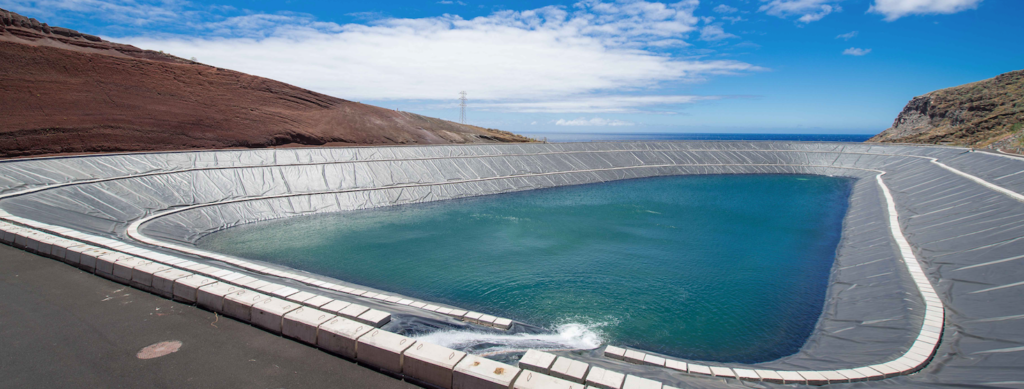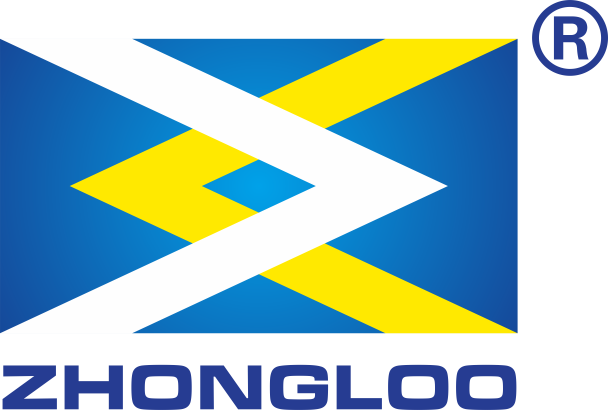Geomembranes find several applications in fish farming (aquaculture) due to their impermeable and protective properties. The use of geomembranes in fish farms helps in creating a controlled and efficient environment for aquaculture activities. Here are some common applications of geomembranes in fish farms:
- Pond Liners:
- Geomembranes are often used as pond liners in aquaculture to create a watertight barrier at the bottom of fish ponds. This prevents water seepage into the surrounding soil and helps in maintaining the water level in the pond. The geomembrane acts as a barrier to protect against potential contamination of groundwater and soil by pond water.
- Water Storage Reservoirs:
- Geomembranes can be used to line water storage reservoirs in fish farms. These reservoirs may be used for storing freshwater, treated water, or water containing nutrients and additives. The geomembrane prevents water from infiltrating the soil and helps maintain the water quality within the reservoir.
- Waste Containment:
- In fish farming, the accumulation of organic waste and uneaten feed can be a concern. Geomembranes are employed in the construction of waste containment basins or lagoons. These liners prevent the leaching of waste materials into the soil and protect against environmental contamination.
- Raceway Lining:
- Geomembranes can be used to line raceways, channels, or canals used for water flow in fish farms. This helps in controlling water flow, preventing soil erosion, and maintaining the desired water quality for fish cultivation.
- Biosecurity Measures:
- Geomembranes contribute to biosecurity in fish farms by preventing the ingress of external contaminants into the water. This is particularly important in preventing the introduction of pathogens or pollutants from external sources.
- Integrated Aquaculture Systems:
- In integrated aquaculture systems where fish farming is combined with other forms of agriculture, geomembranes can be used to separate different production systems. For example, they can be used to create separate compartments for fish farming and plant cultivation, preventing cross-contamination.
- Water Management and Conservation:
- Geomembranes play a role in efficient water management by reducing water loss through seepage. By lining ponds and reservoirs, geomembranes help conserve water resources and maintain a stable water supply for fish farming.
- Aeration Ponds:
- Geomembranes can be utilized in the construction of aeration ponds, which are essential for maintaining optimal oxygen levels in the water. The liners prevent seepage and ensure that aeration systems function effectively.

When using geomembranes in fish farms, it is crucial to select materials that are compatible with aquaculture practices, resistant to UV degradation, and capable of withstanding the conditions associated with fish farming, such as exposure to water, chemicals, and varying temperatures. Proper installation and maintenance are also essential to ensure the long-term effectiveness of geomembrane applications in aquaculture.
